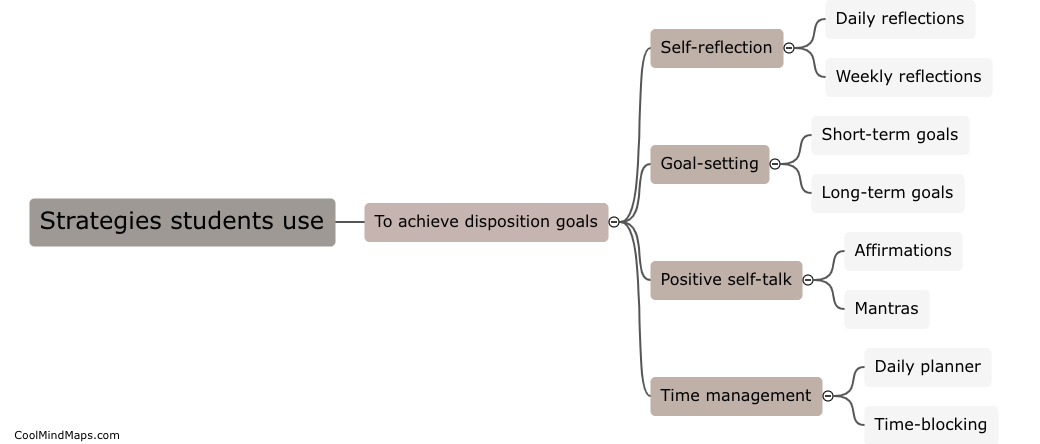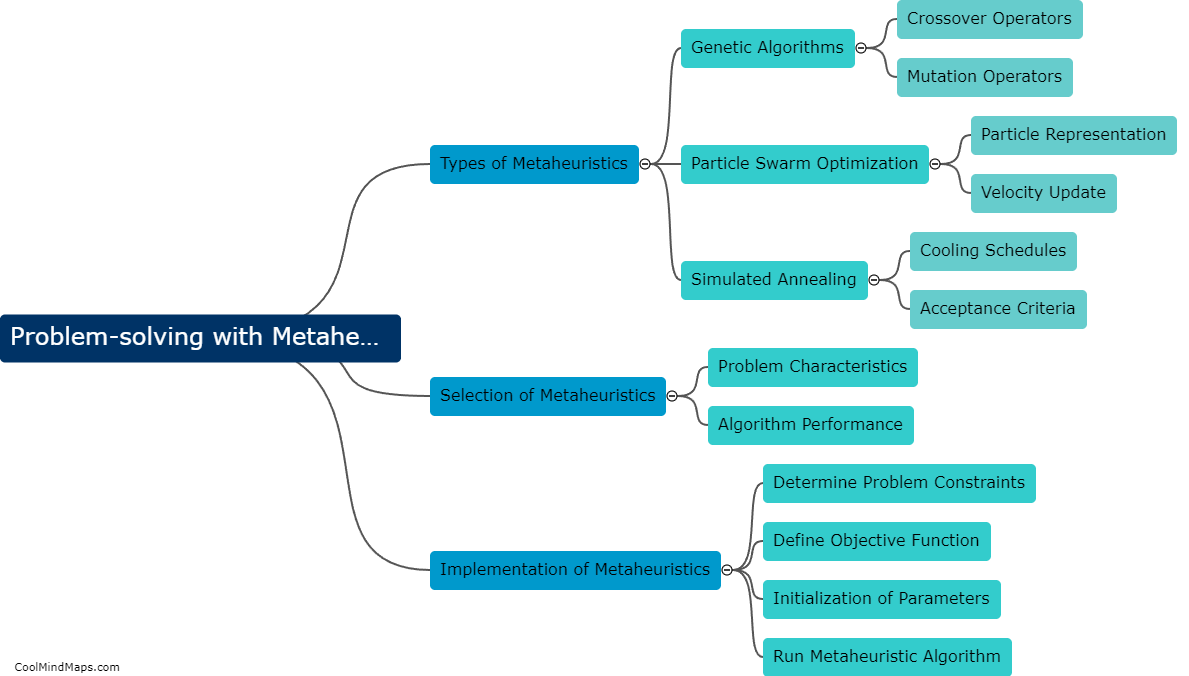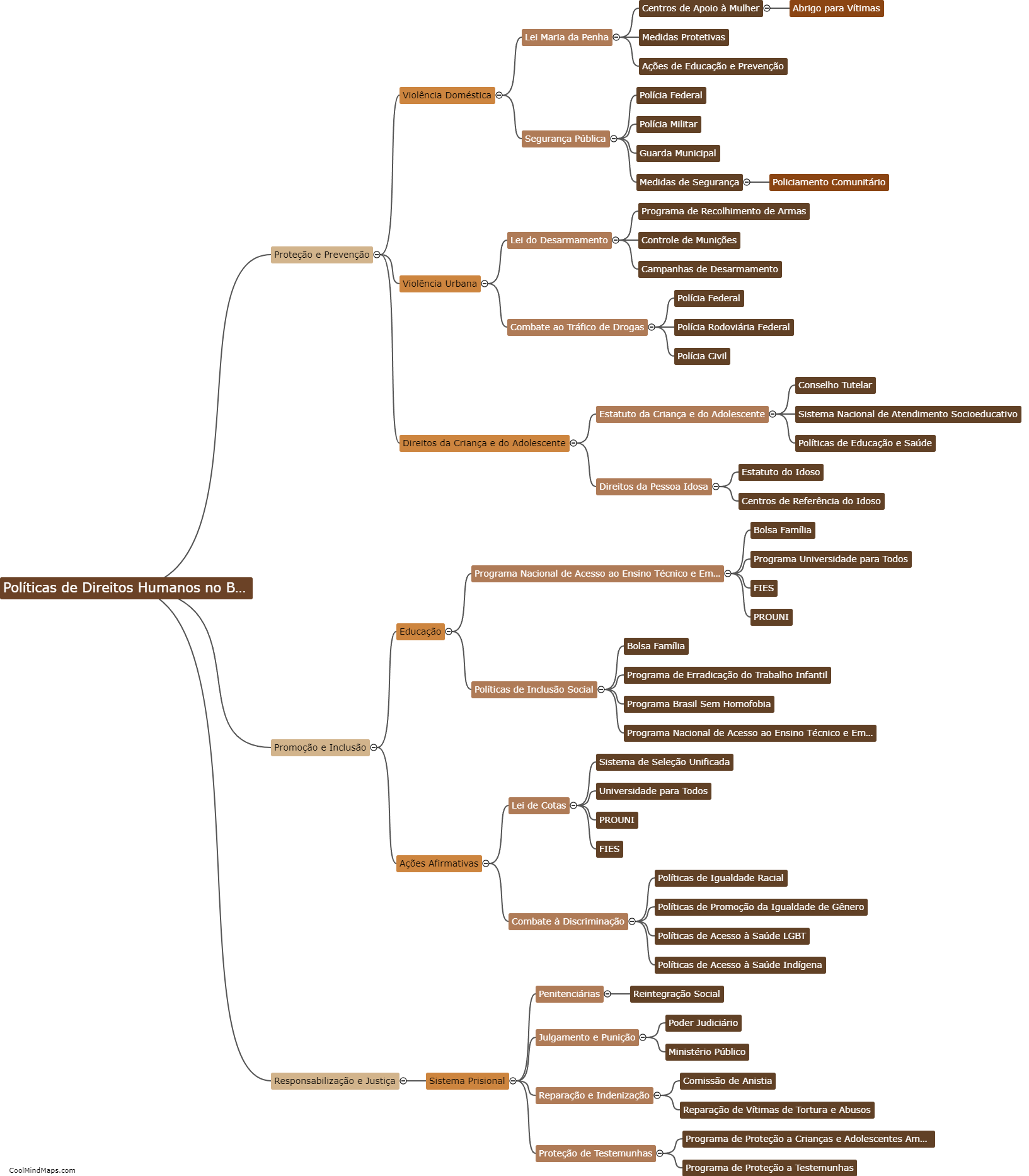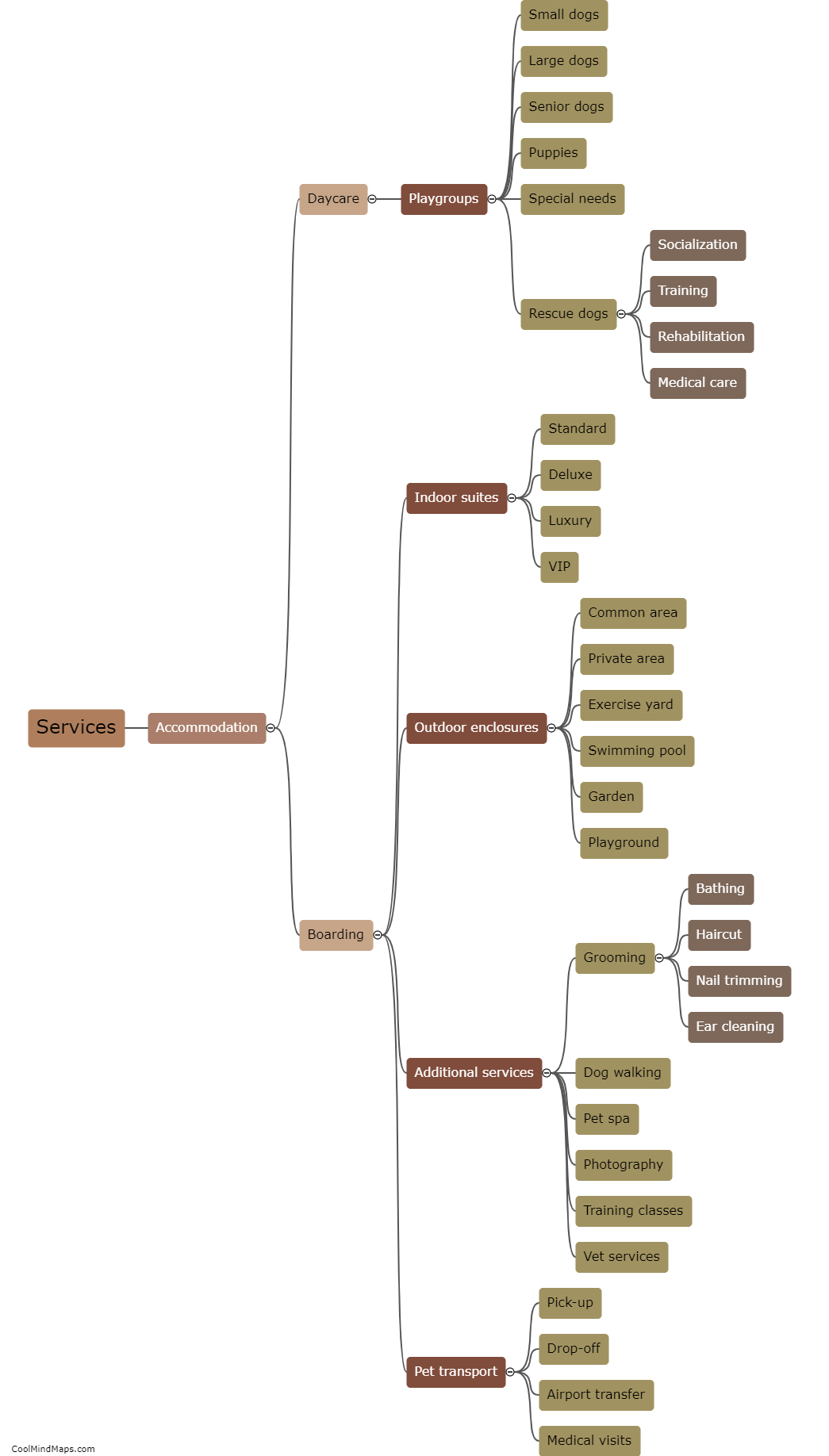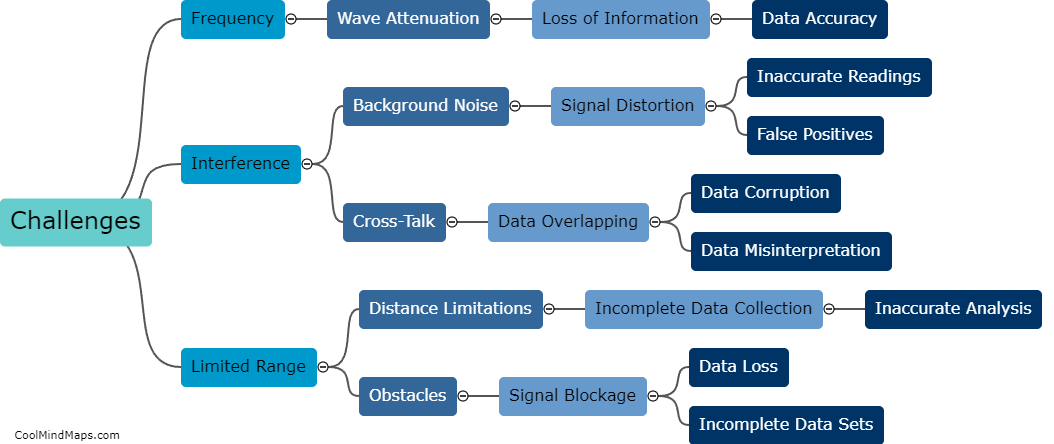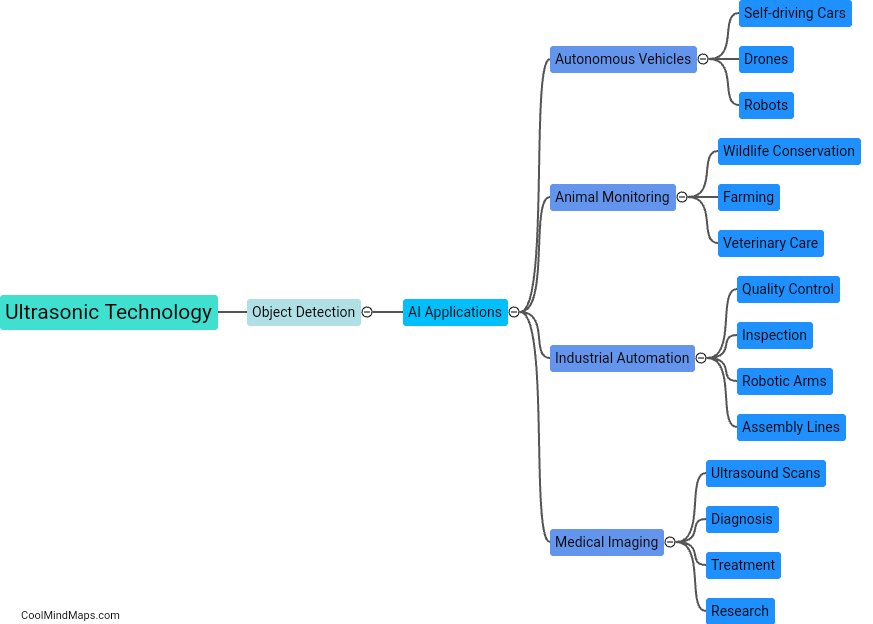What are the advantages of using ultrasonic waves in AI and data science?
Ultrasonic waves offer several advantages in AI and data science applications. Firstly, they can enable non-intrusive and contactless sensing capabilities, allowing for data collection without physical contact with the objects or subjects being observed. This is particularly useful when dealing with delicate or sensitive materials or environments. Additionally, ultrasonic waves can penetrate through various media, such as liquids and solids, providing the ability to gather data from obscured or hard-to-reach areas. This enables a more comprehensive understanding of the physical properties and characteristics of objects or spaces. Furthermore, ultrasonic sensors can provide high-resolution and accurate measurements, facilitating precise data analysis and modeling in AI and data science applications. Ultimately, these advantages make ultrasonic waves a valuable tool for enhancing data collection, analysis, and decision-making processes in various domains.
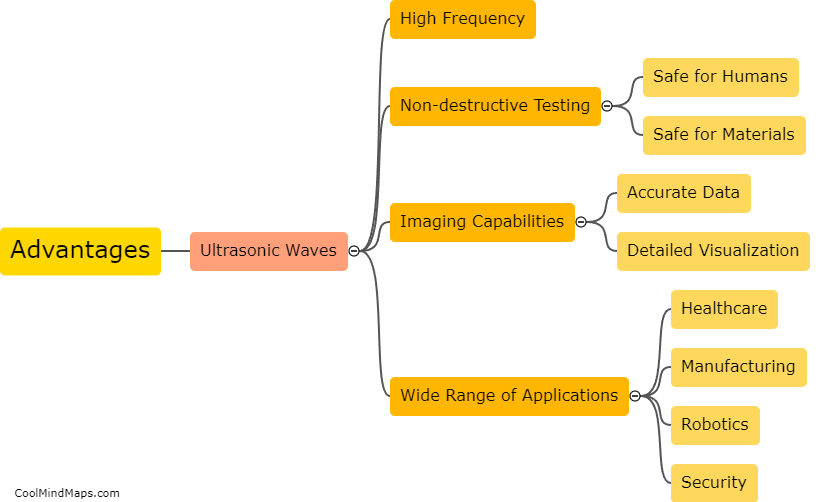
This mind map was published on 8 November 2023 and has been viewed 93 times.
